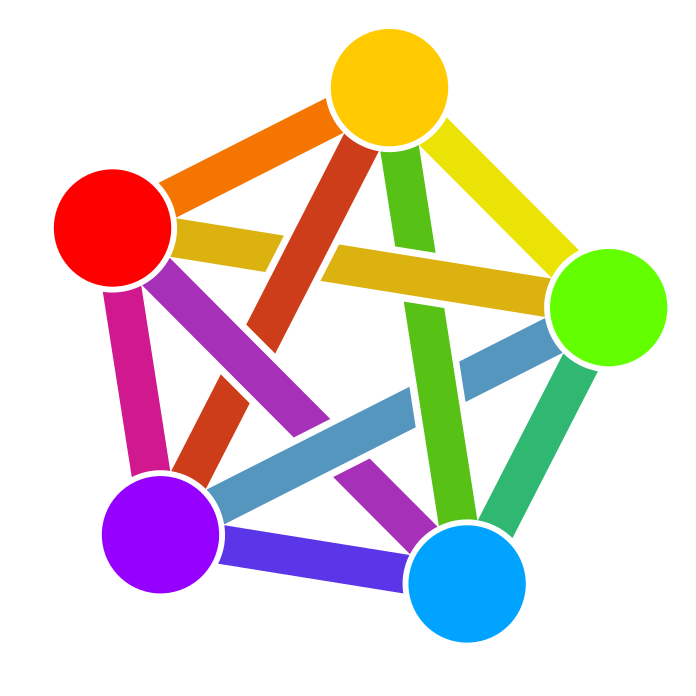

That torrent is an “art piece” the creator made to raise awareness of NFTs. This video shows an interview with the artist who created that project: https://youtu.be/i_VsgT5gfMc
The first half of the video (and the overall reason for creating that torrent) is exaggerated and over-generalizes what NFTs are in order to claim “a problem” with them, but the second half does have a good discussion about the technology itself (educating users that scams exist in any technology, and because it’s new and different, there’s less guardrails to help users avoid scams automatically, so you need to be vigilant yourself).

It seems like you might be describing two different beasts, which could be part of your difficulty:
A codebase that has “dozens and dozens of classes and header files” sounds like a back-end project (written in C or similar), where the end product is an EXE or server app. A codebase where you’d help by updating “placement of a button” is a front-end project (written in HTML or JavaScript), where the output is HTML.
If you’ve cut your teeth contributing to front-end projects, you’ll likely feel more at home contributing to projects where the output is a website. There is a vast difference between working on a project that uses NextJS and contributing to the NextJS engine codebase itself. Finding a project that is using a library you know would be likely much easier to contribute to than contributing to the library itself.